Animals
-
 Animals
AnimalsHow hydras know where to regrow their heads
Regenerating pond animals called hydras inherit structural patterns from their original forms, researchers find.
-
 Animals
AnimalsHow hydras know where to regrow their heads
Regenerating pond animals called hydras inherit structural patterns from their original forms, researchers find.
-
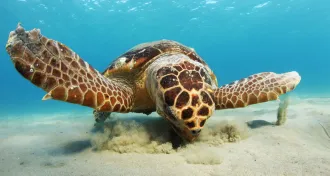 Climate
ClimateHot nests, not vanishing males, are bigger sea turtle threat
Climate change overheating sea turtle nestlings may be a greater danger than temperature-induced shifts in their sex ratios.
By Susan Milius -
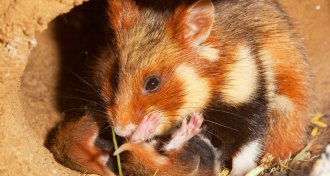 Animals
AnimalsA diet of corn turns wild hamsters into cannibals
Female European hamsters fed a diet of corn eat their young — alive. They may be suffering from something similar to the human disease pellagra.
-
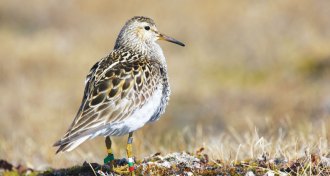 Animals
AnimalsPectoral sandpipers go the distance, and then some
Even after a long migration, male pectoral sandpipers keep flying, adding 3,000 extra kilometers on quest for mates.
-
 Animals
AnimalsFor calmer chickens, bathe eggs in light
Shining light on incubating eggs leads to calmer adult chickens, a study suggests.
-
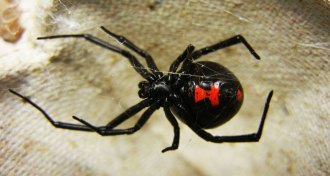 Animals
Animals‘Cannibalism’ chronicles grisly science of eating your own
In "Cannibalism", a zoologist explores a grisly topic that scientists have only recently begun to study seriously.
By Sid Perkins -
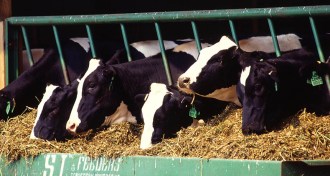 Genetics
GeneticsCRISPR used in cows to help fight tuberculosis
Chinese researchers used a CRISPR/Cas 9 gene editor to make cows more resistant to tuberculosis.
-
 Genetics
GeneticsCRISPR used in cows to help fight tuberculosis
Chinese researchers used a CRISPR/Cas 9 gene editor to make cows more resistant to tuberculosis.
-
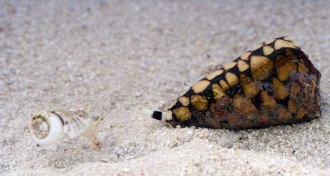 Oceans
OceansCone snails wander in circles, lose focus with boosted CO2
Deadly cone snails wander in circles and become less capable hunters when exposed to higher levels of carbon dioxide in seawater.
-
 Oceans
OceansCone snails wander in circles, lose focus with boosted CO2
Deadly cone snails wander in circles and become less capable hunters when exposed to higher levels of carbon dioxide in seawater.
-
 Animals
AnimalsDragonfish opens wide with flex neck joint
New study reveals anatomical secrets of mysterious deep ocean fish.